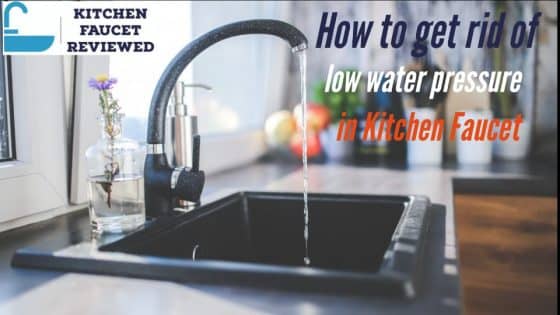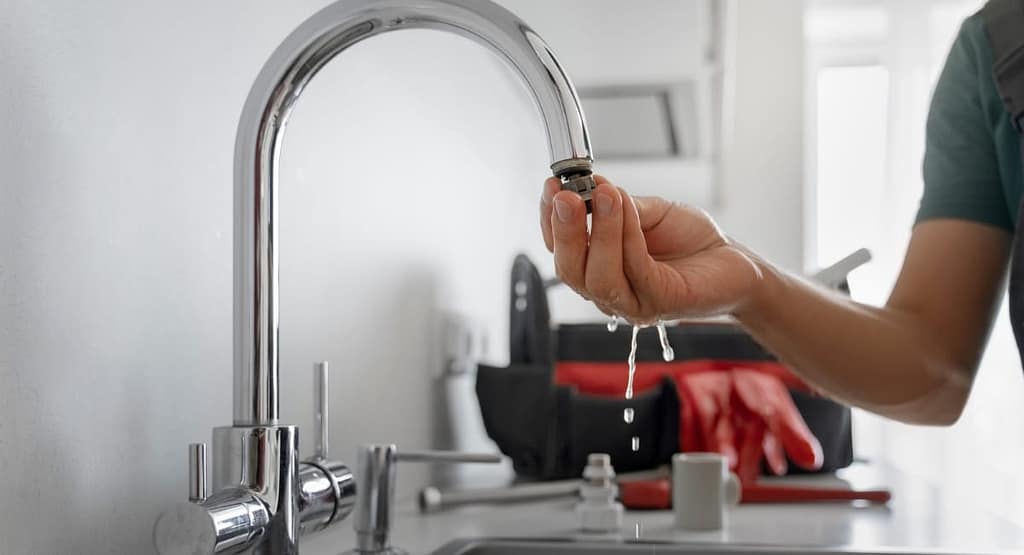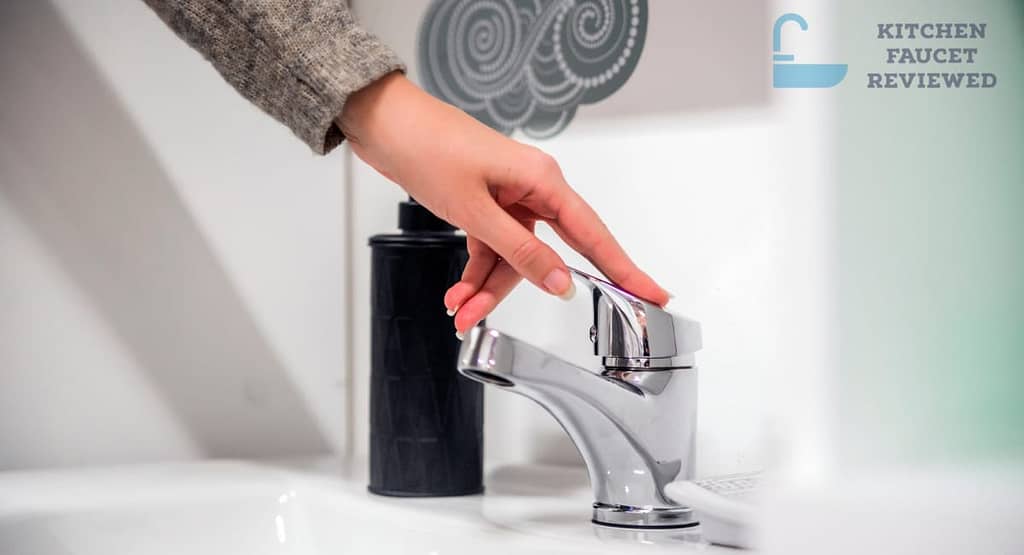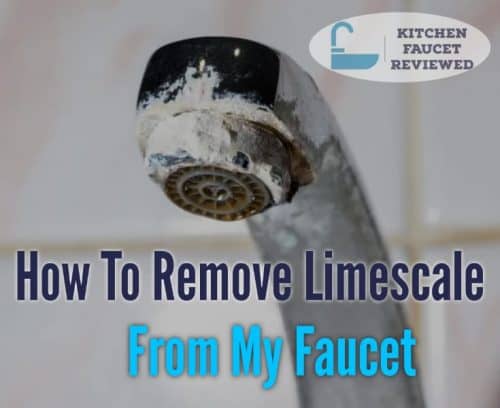A faucet in your kitchen is an integral part of the room. Without it, cleaning, washing dishes, rinsing products, and many other everyday tasks would be much more complicated for people. Therefore, a functional kitchen faucet is an essential tool for every homeowner. Whereas bathroom faucets and other fixtures in our homes, these faucets don’t last forever.
After a few years, or perhaps a few decades, the faucet can wear out.
Components can begin to fail, eventually leading to chronic faucet problems such as leaks, mineral buildup, or rust. But how do you know when you need to replace your faucet (or if you need to fix it)? So that you stay away from any plumbing issues!
Let’s find out.
How Many Years Can A kitchen faucet last?
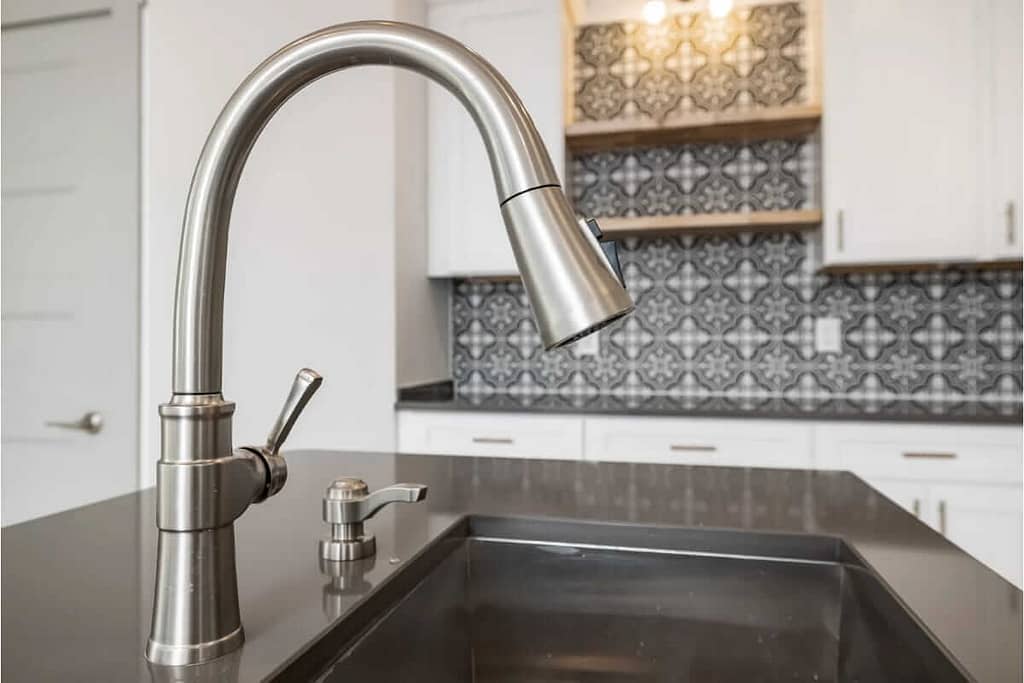
According to research and experience, the average kitchen faucet can last 15 to 20 years. However, this lifespan may be longer or shorter because it is all about the quality of the faucet and how well you take care of it. With regular care and maintenance, a kitchen faucet can even last longer than the upper limit of its useful life (20 years).
On the other hand, if you don’t take good care of your faucet, it might not even last 15 years. In addition, the quality of the faucet’s components plays a large role in its lifespan.
For example, a faucet with lower-quality plastic components may only last a few years, while a higher-quality faucet that is made of metal components can last more than 20 years. It all depends on the faucet’s composition and maintenance.
Some faucets last a little longer than others depending on the simplicity or complexity of the design. For example, a pull-down kitchen faucet can wear out faster than a simple single-lever mixer. The sprayhead’s deck mounting system could wear out and cause it to hang on the spout. With a simple kitchen faucet design, it has only fewer components (like a separate spray head) to fail, so it might last a little longer.
It doesn’t mean you should stick to basic, common faucet designs. If you love a beautiful high arc pull-down or pull-out kitchen faucet then go for it!
How Can You know the Replace time of Your kitchen faucet?
Sometimes it’s painfully obvious when you know that your kitchen faucet is ready to finish at any time. In other cases, however, there can be much more subtle signals that aware you change your kitchen faucet. Here are a few common signs that indicate that you need to invest in a new kitchen faucet:
Aging Condition
As mentioned earlier, most kitchen faucets last 15-20 years. If your kitchen faucet has been used beyond this useful life and its age is showing, it is probably time to replace it.
In many cases, the handle becomes stiff and difficult to move, water pressure drops, rust and minerals increase, and leaks become a constant problem.
Of course, you don’t need to change your faucet when it works well, but if your faucet isn’t working as well as it should, that means it may be time to remove it and bring a new one.
Rust and Mineral Deposits
Hard water and rust both are known as the most enemies of the average kitchen faucet. The faucet will be finished as years passing, making it more prone to rust. Once rust sets a place on the faucet body, it often spreads because water is going in places where it shouldn’t go.
Furthermore, the mineral deposits often plague faucets (even though they are new or old) in homes with hard water. The mineral content in the water supply lingers as the water evaporates from the faucet components, resulting in a whitish, crusty buildup on and within the faucet. As they build up on internal components, these deposits can pose a major problem for your faucet and severely affect its function.
Although the mineral deposits on certain parts of your faucet can be eliminated by cleaning the internal components, where deposits can form can be difficult. So if your faucet is covered in whitish mineral deposits and rust spots, it’s probably time to invest in a new kitchen faucet.
Note: You can combat hard water problems with a water softener. However, if mineral deposits have already built up in the faucet components, it may be better to invest in a new faucet and water softener. This way, your new kitchen faucet will draw soft water throughout its life, reducing the chance of mineral build-up and hard water problems.
Constant Leakage Problems
If your kitchen faucet is constantly being plagued by leaks, it may be the right time to replace it. In some cases, repairing the faucet might be the most logical solution, in other cases, buying replacement parts to fix the problem can be more expensive.
So, if your kitchen faucet still continues to leak despite your best efforts you’ve been struggling, it’s time to send it on its journey and invest in a new faucet. While we recommend fixing the faucet if it’s a logical fix, we’d avoid pouring money down a faucet that’s leaking and running. In some cases, replacing the faucet entirely can save you money in the long run (spare parts, plumbing costs, etc.).
Reduced water pressure
If a faucet is filled with corrosion and mineral deposits, its function can quickly deteriorate. Rusted components cannot provide a strong water blade, or a steady stream of water, resulting in a drop in water pressure through the faucet. While these problems can sometimes be fixed, it’s usually a better way to replace the faucet when it rusts.
Should I fix or replace my kitchen faucet?
The answer to this question will vary as every situation is different. For example, if your kitchen faucet is hanging off its actual coupling mechanism, is leaking, and is rusty, it’s probably best to replace it entirely. Repairing the entire faucet piece by piece is likely to be more expensive than buying a new faucet and ideally replacing it.
However, repairs may be the best course of action if the problem is minor. Suppose the spray on your faucet isn’t delivering as much pressure as it should, or the spray patterns aren’t working properly. Sometimes the solution can be as simple as soaking the sprayer to dissolve mineral deposits, which could alleviate the problem.
You can read how to clean kitchen faucet spray head.
So, in this particular case, replacing the entire faucet is not a logical solution. Even if you had to replace the spray head, it would be cheaper than buying a new fitting. You can, of course, replace the entire faucet if it is relatively old and its components are going to fail one by one.
It all depends on the scenario; ultimately, it’s up to you!
Also, read our guide on how to install spray in kitchen sink faucet.
What is the maximum cost of replacing a kitchen faucet?
Replacing a kitchen faucet can be expensive for you, depending on what style and type of kitchen faucet you have chosen. For example, cheap quality kitchen faucets can cost under $100, while luxury kitchen faucets can cost at least $1,200. However, most high-quality kitchen faucets cost between $160 and $500.
If you choose to install your kitchen faucet yourself, you can expect that you will be responsible for the entire project, and you can save money by not having to pay a professional to install the new product.
If you’d rather outsource the project to a professional (handyman, plumber, contractor, etc.), you have to expect to pay anywhere from $100 to $600. The range stems from various projects and the potential for installation complexity.
For example, if your project involves rerouting pipes to house faucets, you might be on the more expensive end of the spectrum. Or if the project is a simple installation with fast entry and exit, it will probably be less.
If you want to replace a faucet in tough budget, you can check our best kitchen faucets under 50$ or under 100$.

